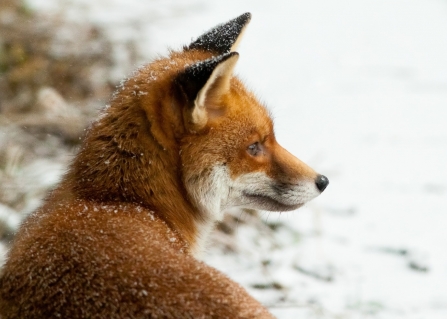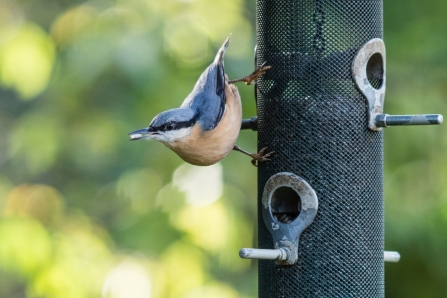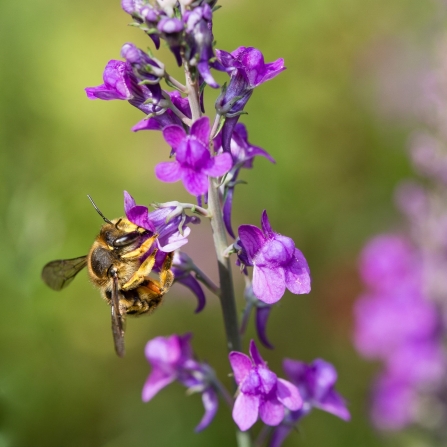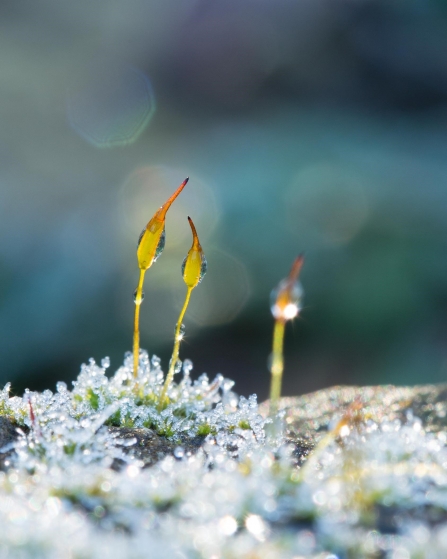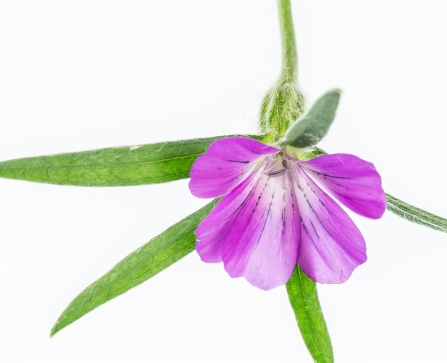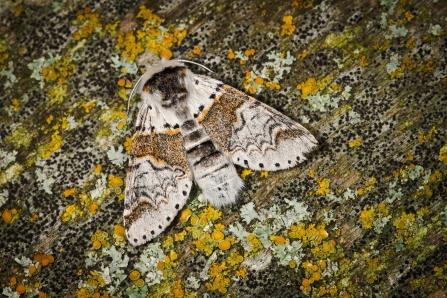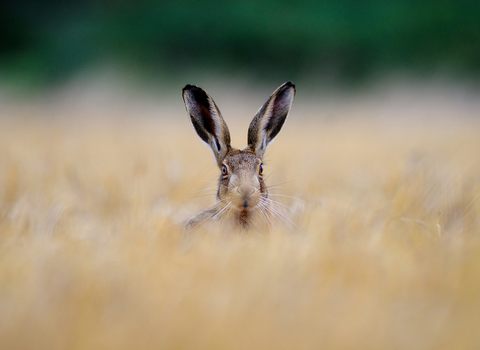The current restrictions on movement mean that many of us are spending a great deal more time at home or in our gardens than usual. For photographers, this can feel very frustrating, particularly as the world is now bursting into life after a long and dreary winter. However, most gardens provide a wealth of subject matter for the wildlife photographer and being restricted to a small area allows us to develop a more in depth understanding of the wild animals and plants that share our space – which can be the key to getting that special photograph.
There are several advantages to garden wildlife photography – firstly it’s literally on the doorstep, and, as long as you have a camera ready, you can pop out whenever lighting or weather conditions are particularly good, though getting up at dawn may still be a struggle! Additionally, most birds and animals that visit gardens are used to human activity, enabling you to achieve intimate shots more easily than you would on a nature reserve or in the countryside. We can also actively attract wildlife to our gardens by providing food, potential homes or even going as far as purchasing pheromone lures for clearwing moths.

